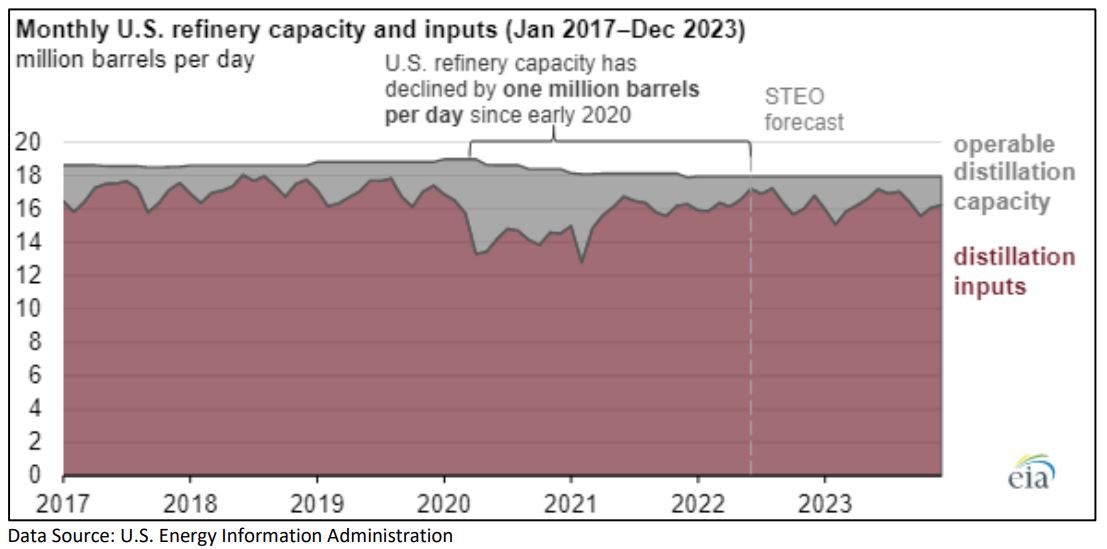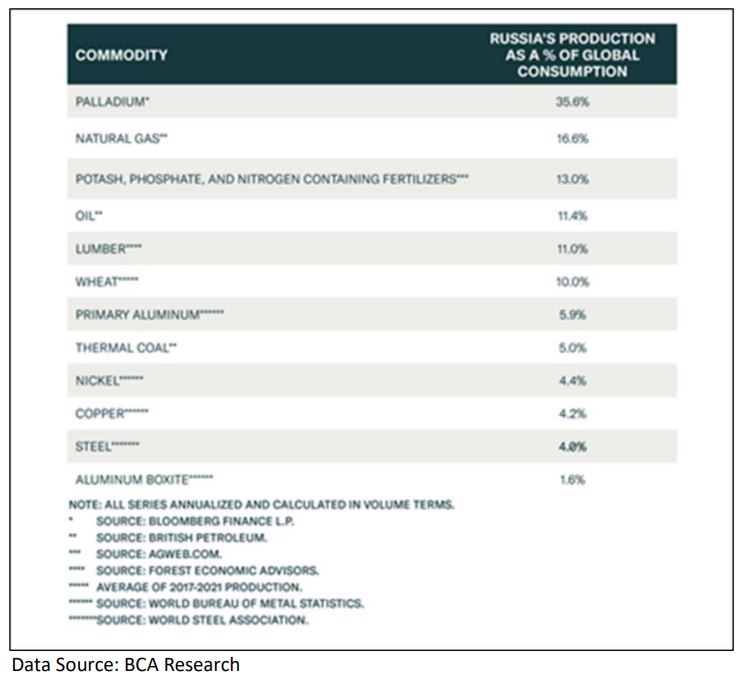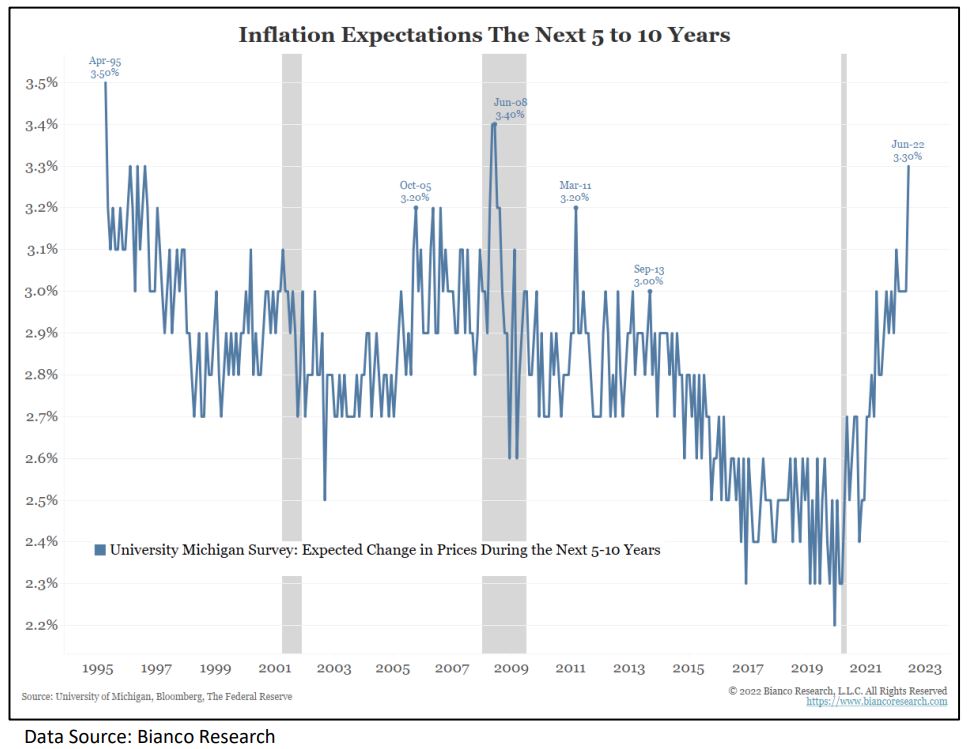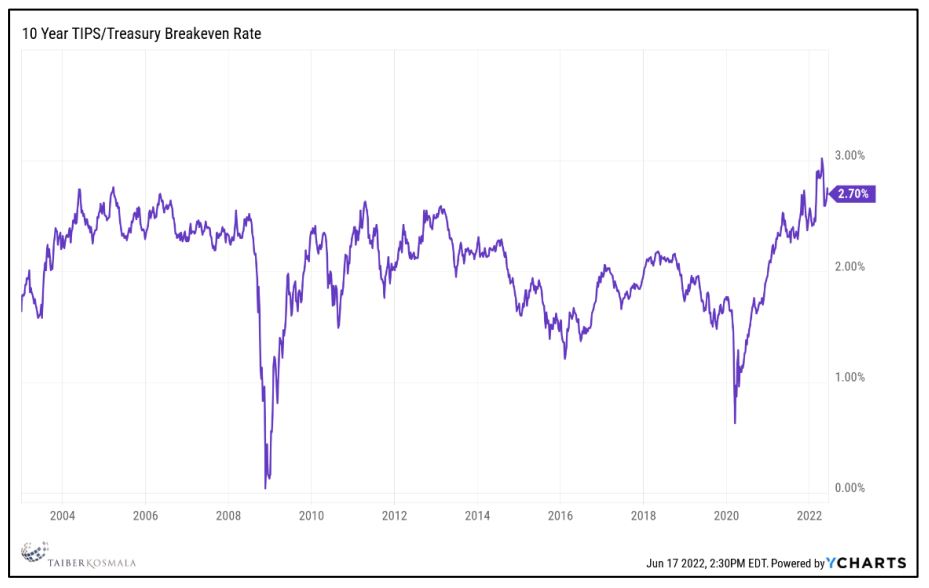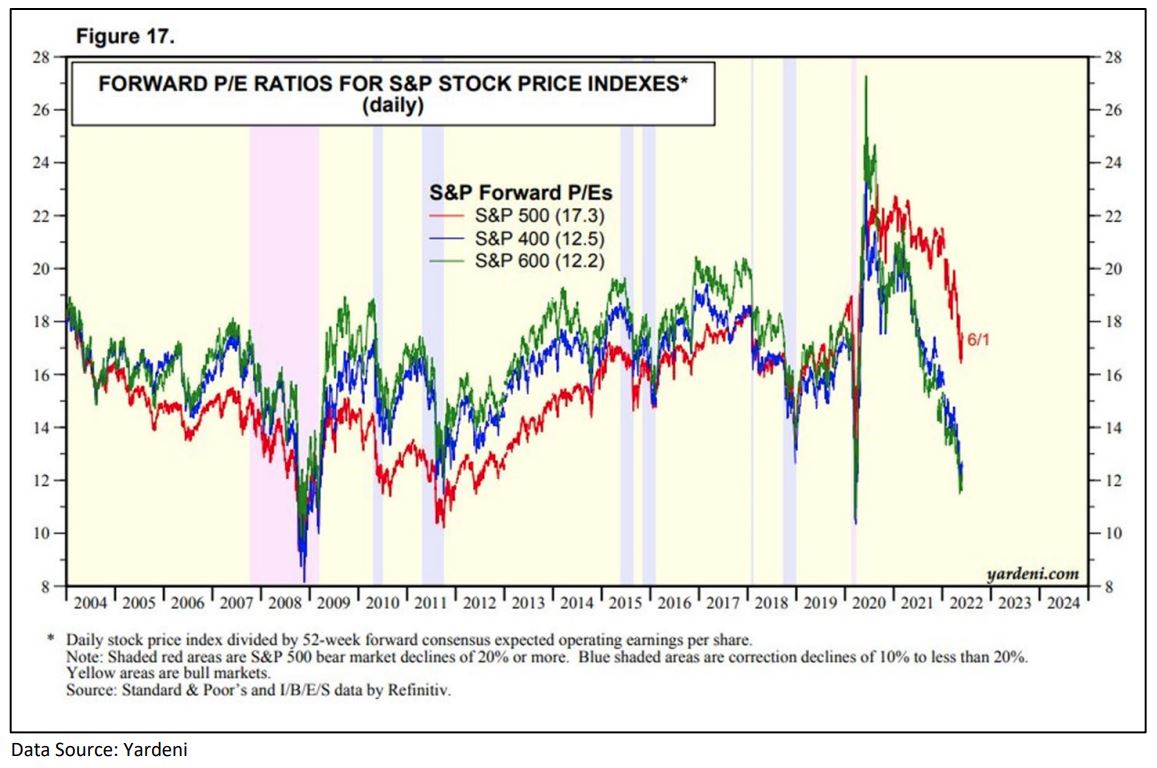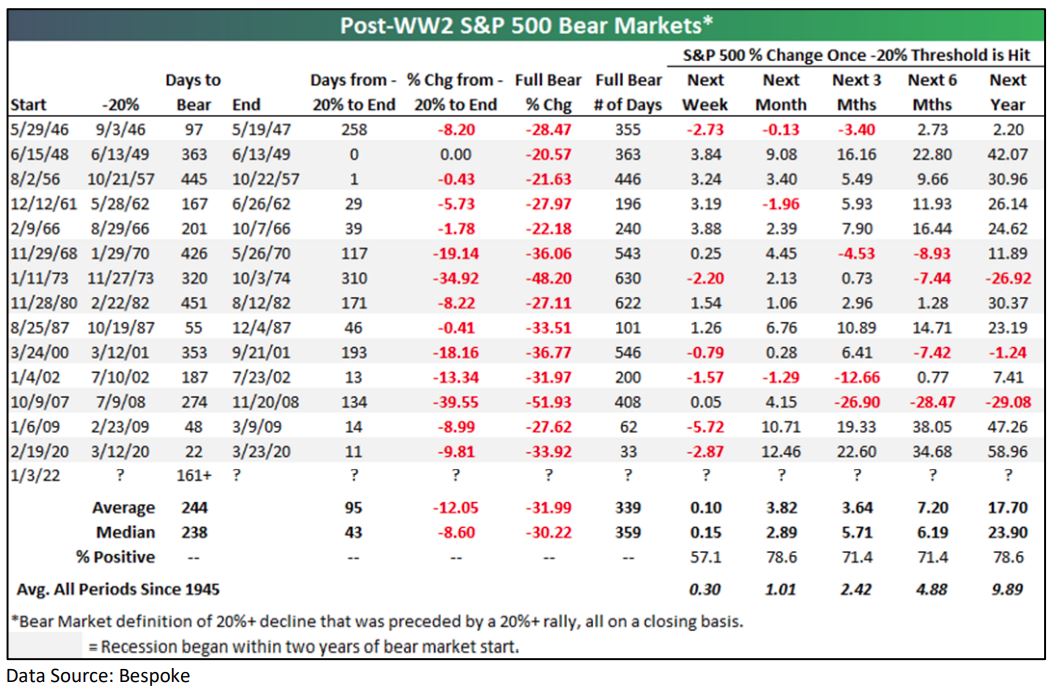Tucker Financial Weekly Market Review: July 8, 2022
Weekly Market Report: July 8, 2022
In a Fourth of July holiday shortened trading week markets digested a handful of economic reports and waited in anticipation of the upcoming 2Q earnings season to kick off. Risk appetite seems to have clearly shifted from valuation centric selling pressure to more concerns surrounding the outlook for growth and corporate earnings pressure. By the end of the week, the S&P 500 added 2% with the best performance coming from the most beat up sectors on the year (technology, consumer, communication) while energy, materials, and utilities lagged. Interest rates bounced last week, moving approximately 25bps higher across the curve, leaving 10yr yields back above 3%. Commodities (-3%) lost more ground with oil down 3.4%. The USD enjoyed another strong bid, up 1.8% on the week, taking year to date return to a whopping 11.8%
Market Anecdotes
- A not so surprising anecdote is that the S&P 500 marked its low point in mid-June corresponding to a highwater mark in interest rates and oil prices.
- Up until June 8th, the Energy sector was the only thing working in the market. However, the sector has reversed dramatically with oil closing below $100bbl and energy stocks falling close to 25%. That said, supply side dynamics should keep oil prices relatively firm.
- S&P 500 earnings are expected to rise 4.3% which should translate to approximately 9%-12% based on historical beats and leaves the S&P on track for 10% growth for the calendar year.
- June FOMC meeting minutes released last week revealed taming inflation and salvaging credibility as key considerations alongside testing the Fed’s resolve, long run inflation expectations breaking from the Fed’s 2% target, and inflation risks being skewed to the upside.
- Incoming data and the economic outlook will continue to inform the Fed including likely inflation pressure relief from falling commodity prices, declining shipping rates, easing supplier delivery backlogs, labor market dynamics, and shifts in consumption from goods to services.
- Supply chains are continuing to heal. ISM survey respondents reporting commodity categories in short supply have fallen from 36 to 13 in manufacturing and 33 to 14 in services while the GSCPI from the NY Fed also confirms easing pressures.
- Reports out of China suggesting that the Ministry of Finance is considering allowing local governments to bring forward 1.5 trillion yuan ($220 billion) of next year’s special bond issuance to the second half of this year catalyzed a rally in Chinese equities last week.
Economic Release Highlights
- The June Employment Report revealed 372,000 new jobs, comfortably beating the consensus estimate of 270,000. The unemployment rate stayed at 3.6%. Average hourly earnings MoM of 0.3% and YoY of 5.1% were generally in line with consensus.
- June ISM Services Index (55.3a vs 54.8e) came in slightly higher than the consensus estimate.
- June’s final U.S. PMI readings (C, M, S) of 52.3, 53.0, 52.7 saw a slowdown in manufacturing but more resilience across services with an upward revision to the flash report from the prior week.
- The JOLT Survey reported 11.254 job openings.
- China’s Caixin non-manufacturing PMI jumped to 54.5 in June from 41.4 in May.




